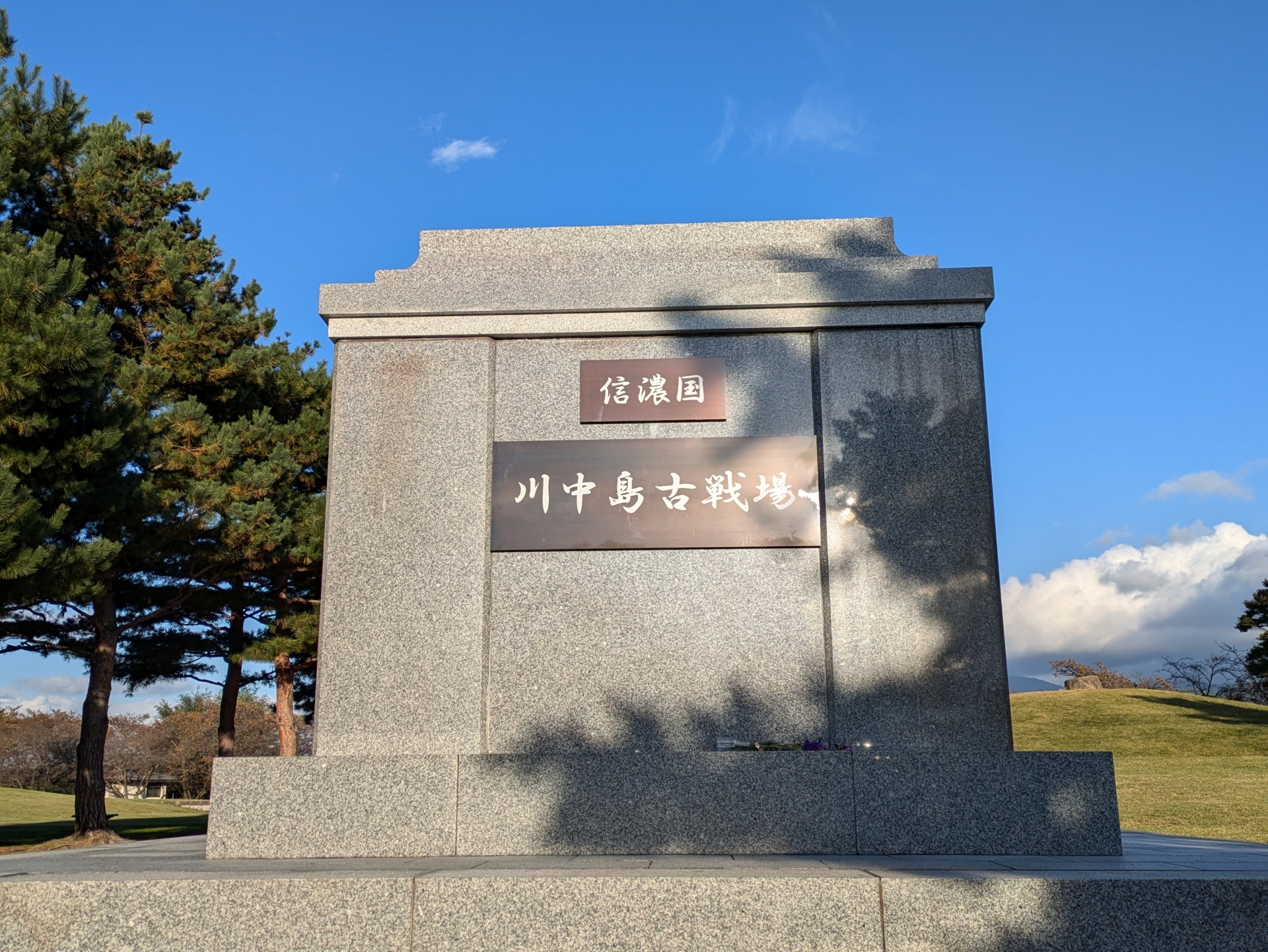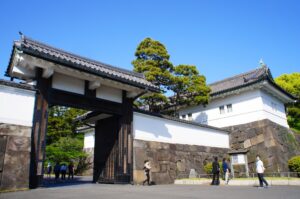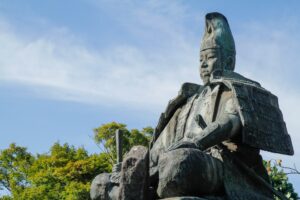The Battle of Kawanakajima is among the most dramatic and strategically complex confrontations of Japan’s Sengoku period. Fought between the famed daimyo Takeda Shingen and Uesugi Kenshin, this series of five battles continues to captivate history fans, military strategists, and travelers exploring Japan. This article provides a complete overview: historical background, detailed tactics, cultural significance, and a visitor-friendly guide to the Kawanakajima battlefield today.
Overview of the Battle of Kawanakajima
The term “Battle of Kawanakajima” refers to a series of five engagements fought between 1553 and 1564 during Japan’s Sengoku period, a century marked by constant warfare among competing feudal lords. These battles unfolded on the Kawanakajima plain in northern Shinano Province, where Takeda Shingen of Kai and Uesugi Kenshin of Echigo repeatedly clashed for strategic dominance. Shinano served as a vital corridor linking central Japan with the Sea of Japan coast, making it a highly contested region. Although each battle was separated by years of shifting alliances and political developments, together they represent one of the most dramatic rivalries of the era. While none produced a decisive victory, the campaigns at Kawanakajima highlight the tactical sophistication, logistical challenges, and fierce determination displayed by both commanders.
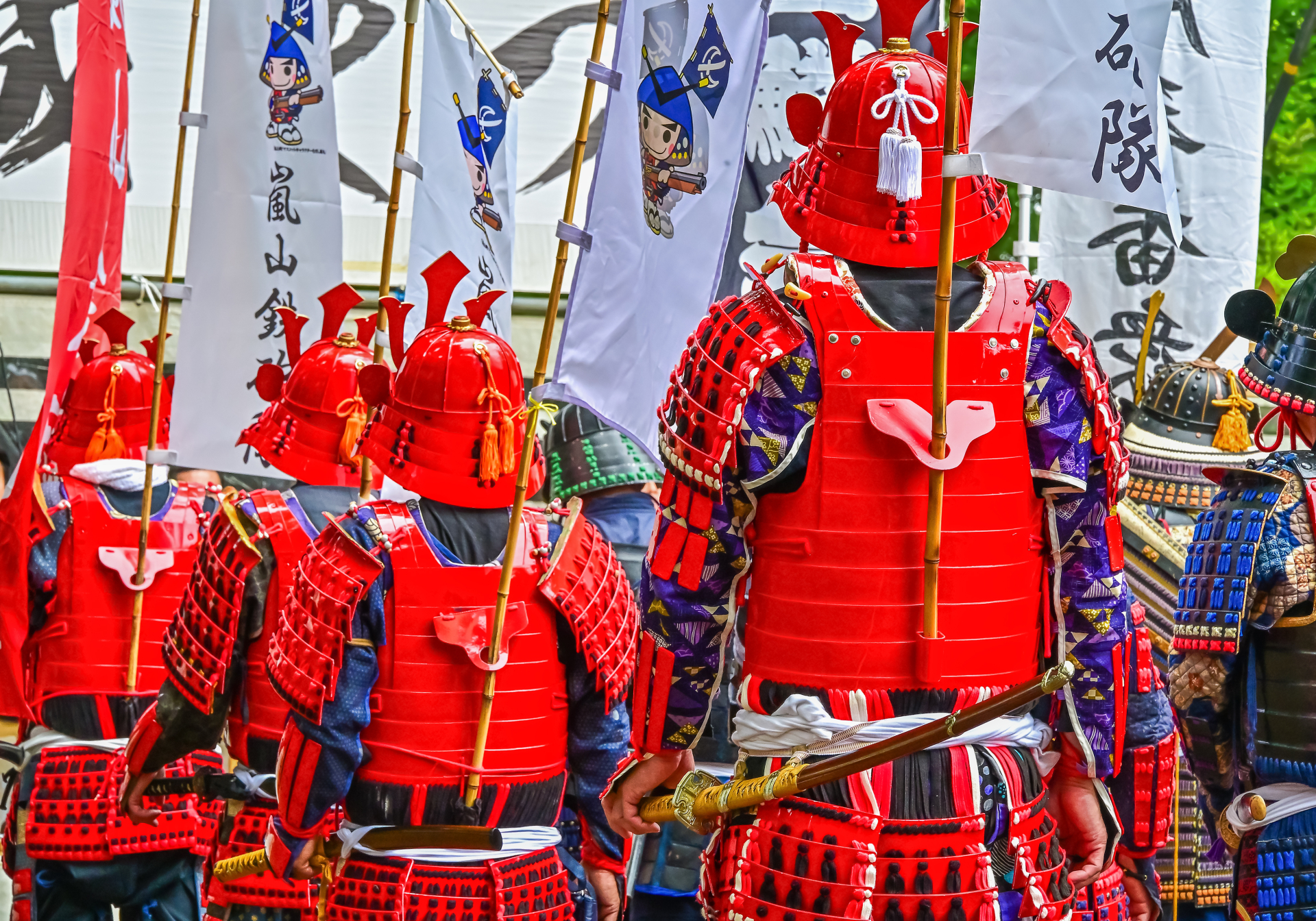
Key Figures: Takeda Shingen and Uesugi Kenshin
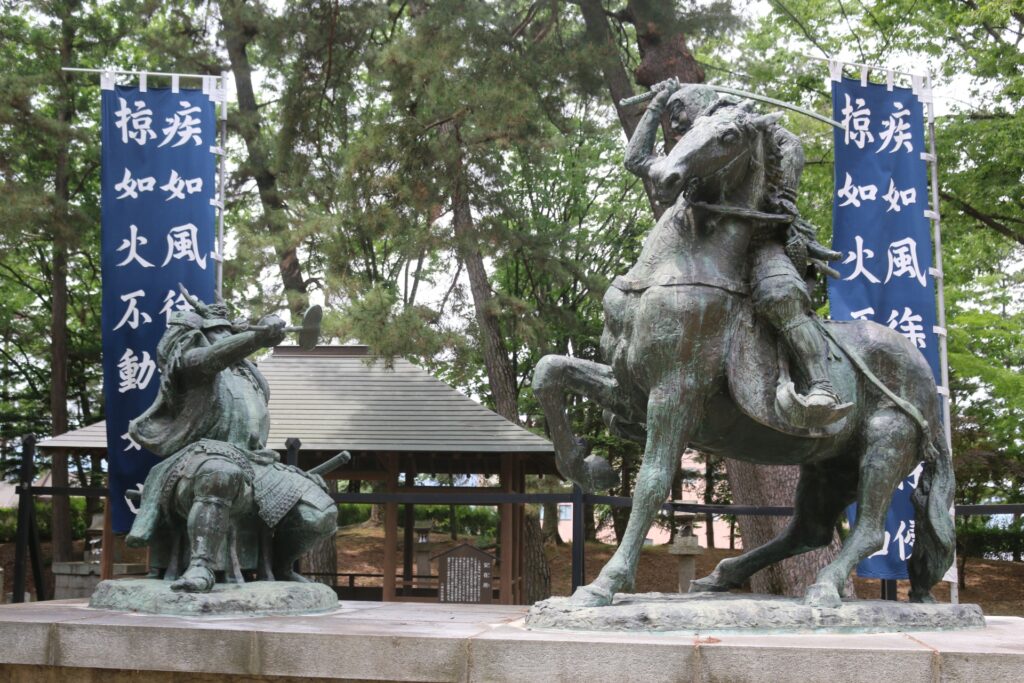
Takeda Shingen, often remembered as the “Tiger of Kai,” was a renowned strategist known for disciplined troops, strong administration, and the effective use of cavalry. His governance and military reforms allowed him to maintain one of the most capable armies of the period. Uesugi Kenshin, the “Dragon of Echigo,” was equally formidable—celebrated for his rapid decision-making, aggressive battlefield maneuvers, and deep sense of personal honor. The contrast between Shingen’s deliberate strategic approach and Kenshin’s bold offensive style defines their legendary rivalry. Their confrontations have been vividly reimagined in novels, films, strategy games, and TV dramas, making the pair familiar even to international fans of samurai history. Festivals, statues, and cultural depictions continue to reinforce their image as archetypal rival generals whose mutual respect became as iconic as their battles.
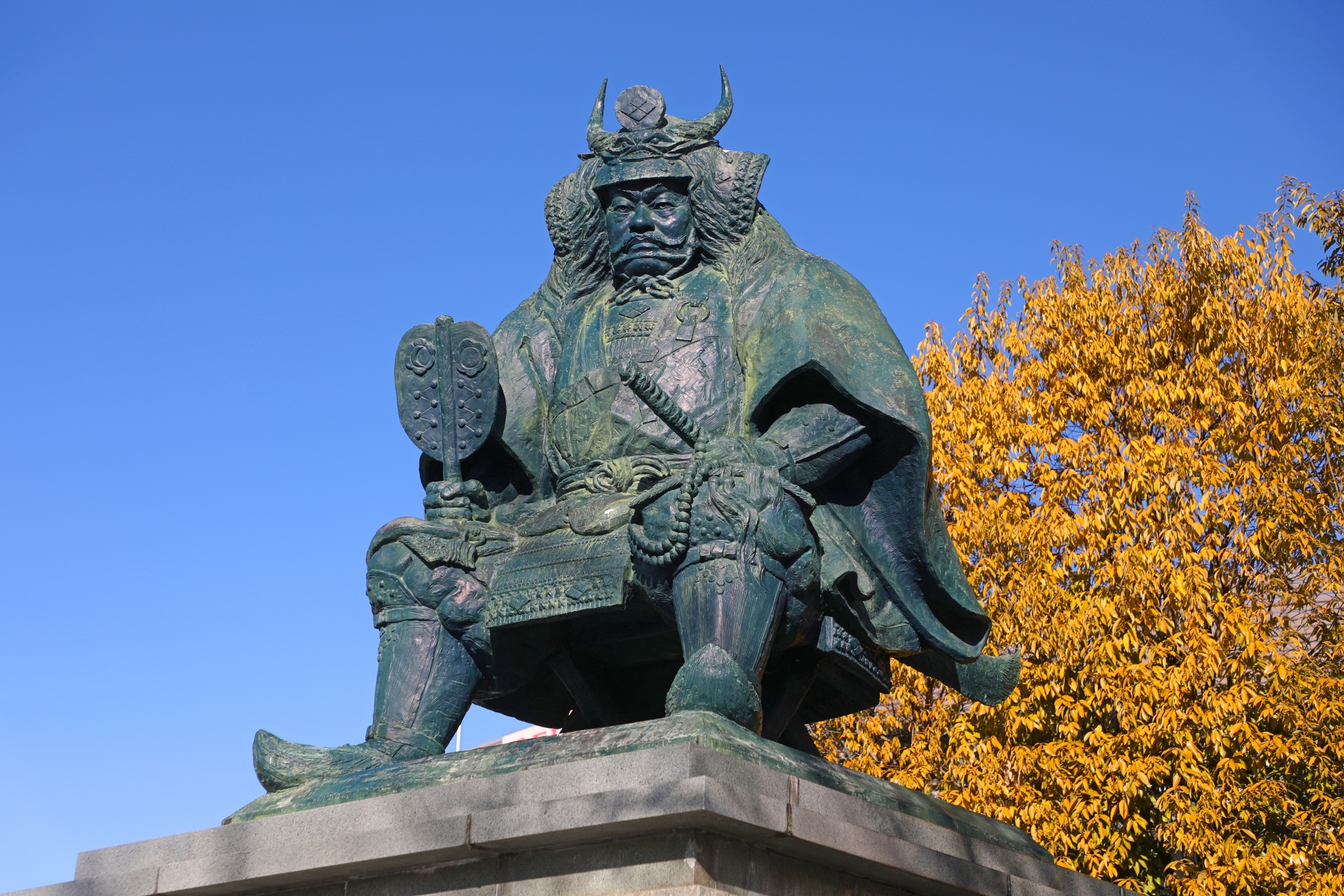
Geography and Strategic Importance of Kawanakajima
Kawanakajima sits where the Chikuma River and Saigawa River converge, forming a broad plain bordered by hills, marshlands, and strategically important river crossings. This terrain profoundly influenced each campaign. The open fields allowed for large troop formations, while the surrounding high ground provided valuable lookout points and defensive positions. Marshy areas and river channels restricted movement, making ambushes, diversions, and nighttime maneuvers common tactics. Both armies sought control of elevated plateaus, riverbanks, and narrow approach routes that shaped the flow of battle. Today, visitors can still read the landscape clearly: monuments, markers, and open fields align closely with historical troop positions. Walking the plain reveals why this location became the repeated stage for conflict—its terrain offered both opportunity and risk for any commander seeking a decisive victory.
The Five Battles of Kawanakajima (1553–1564)

Though grouped under a single name, the five battles differed significantly in scale, intention, and outcome. Each emerged from renewed territorial pressure, shifting alliances, or strategic offensives aimed at controlling Shinano Province. None produced a final victor, but together they deepened the long-standing Takeda–Uesugi rivalry and reshaped regional power dynamics.
The First Battle (1553)
The first encounter began when Uesugi Kenshin moved south to obstruct Takeda Shingen’s advance into Shinano. Although the fighting was relatively limited, its symbolism was immense. Kenshin’s intervention signaled that he would not tolerate Takeda expansion near his borders, while Shingen strengthened his defensive positions. This initial confrontation laid the foundation for the intense rivalry that would dominate northern Shinano for more than a decade.
The Second Battle (1555)
The second battle was more a strategic campaign of maneuver than a direct confrontation. Both armies attempted to gain positional advantages while avoiding full-scale engagement. Surrounding clans shifted alliances or negotiated peace to protect their interests, illustrating the unstable politics of the Sengoku period. Though inconclusive, the campaign escalated tensions and set the stage for larger clashes.
The Third Battle (1557)
By 1557, the conflict expanded into sieges, raids, and efforts to secure key fortresses. Control of supply lines became increasingly important, and both armies invested heavily in logistics to maintain their presence in Shinano. Prolonged skirmishing strained resources on both sides and opened the path toward the massive battle that would erupt in 1561.
The Fourth Battle (1561): The Most Famous Confrontation
The fourth battle is the iconic showdown most associated with Kawanakajima. Mobilizing tens of thousands of soldiers, it became one of the largest and bloodiest conflicts of the Sengoku era. The Takeda forces deployed the Kakuyoku (“crane wing”) formation to envelop the enemy, while the Uesugi army used the rotating Kuruma-gakari tactic to maintain relentless offensive pressure. Fighting began in heavy fog, leading to intense close-quarters combat. A famous, partly legendary episode describes Kenshin charging directly into Shingen’s command area and striking at him with his sword, while Shingen blocked with his war fan. Although the historical accuracy of this moment is debated, it remains one of the most iconic images of samurai warfare. Despite the ferocity of the battle, neither side achieved decisive victory, though its dramatic nature secured its lasting place in Japanese military lore.
The Fifth Battle (1564)
The fifth and final battle was smaller and more tactical. Both clans were preoccupied with conflicts elsewhere, limiting the forces available for deployment at Kawanakajima. As a result, the engagement consisted mainly of raids, skirmishes, and positional maneuvers rather than a large-scale confrontation. After 1564, neither side returned to contest the plain, signaling the end of their long struggle at this particular battlefield.
Weapons, Armor, and the Life of Ordinary Samurai and Ashigaru
Beyond the celebrated decisions of famous generals, the battles were shaped by the daily experiences of thousands of samurai and ashigaru foot soldiers. Samurai wore heavier armor such as do-maru or lamellar kozane plates, designed to provide protection while allowing mobility. Their primary battlefield weapons were spears (yari) and bows (yumi)—the essential tools of mid-16th-century warfare. Although matchlock firearms had already been introduced to Japan by this time, they were not widely used at Kawanakajima and did not play a significant role in these battles.
Ashigaru, by contrast, typically wore lighter armor and fought in massed spear formations. They endured long marches, built temporary camps, maintained equipment, and dealt with the challenges of wetlands, river crossings, and unpredictable weather. Supplies were often limited, making ashigaru life especially difficult.
A simple comparison illustrates their roles:
Samurai — Heavier armor, elite status, access to high-quality weapons, sometimes mounted.
Ashigaru — Lighter armor, long spears, primarily foot soldiers, forming the backbone of infantry formations.
These differences provide a more complete understanding of how the battles unfolded from the ground level—not just through the strategies of commanders but through the lived experiences of ordinary soldiers.
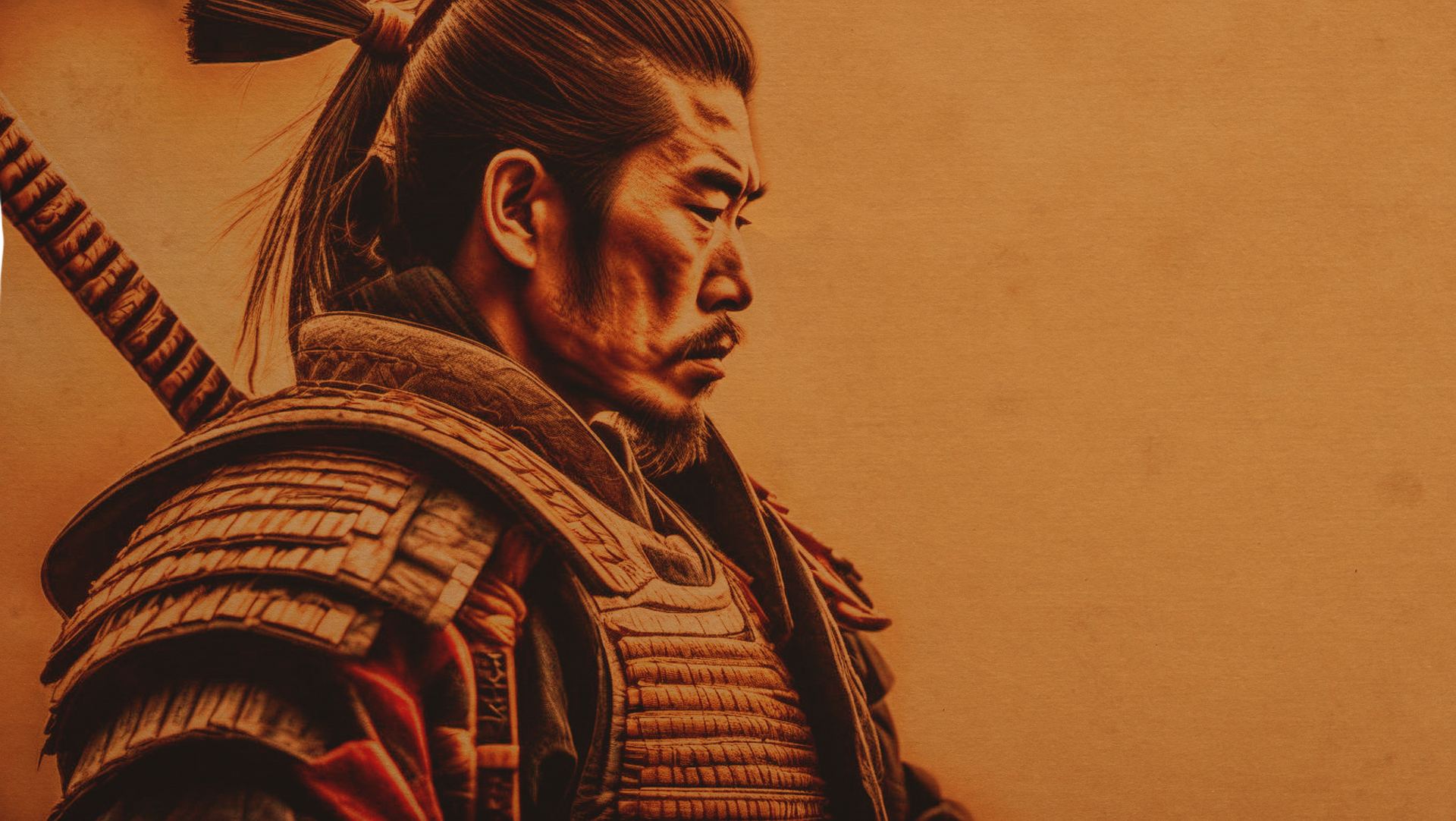
Cultural Legacy and Modern Media Depictions
The Kawanakajima battles remain among the most frequently depicted conflicts in Japanese popular culture. They appear in films, novels, manga, historical dramas, and strategy games, often emphasizing the dramatic duel between Shingen and Kenshin. Many international fans first encounter the story through modern entertainment, which has contributed to its global recognition. Festivals and reenactments held in Japan further preserve its memory, showcasing iconic scenes such as the legendary encounter between the two commanders. The combination of dramatic geography, contrasting personalities, and legendary episodes continues to inspire creators and audiences alike.
How to Visit the Kawanakajima Battlefield Today
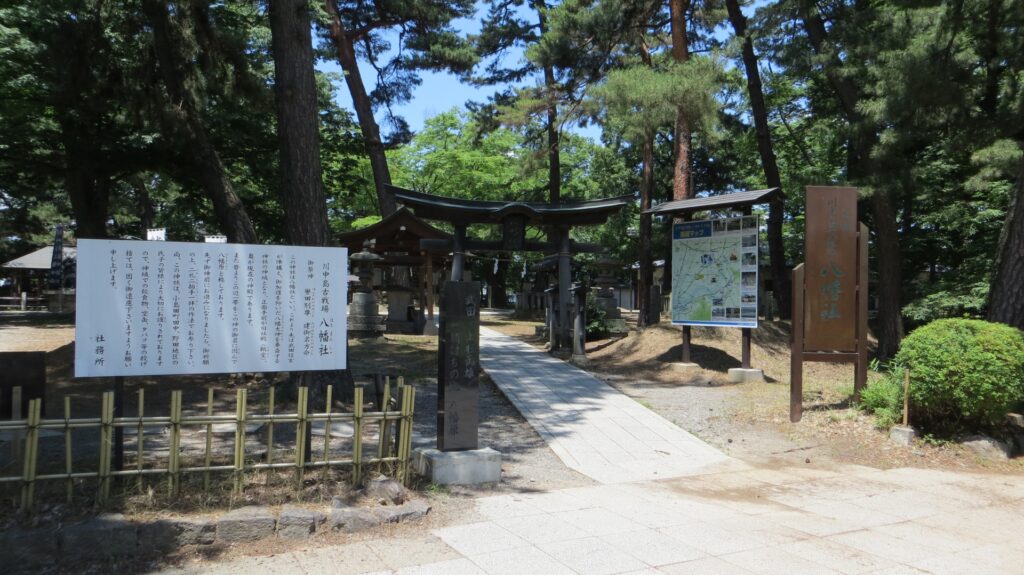
The Kawanakajima battlefield is easily accessible from Nagano Station, making it a convenient destination for travelers interested in samurai history. Local buses or taxis connect visitors to major sites around Hachimanpara, where key monuments and markers stand. The plain remains wide and open, ideal for walking and visualizing the troop movements that shaped the battles. Notable points include statues of Shingen and Kenshin, battlefield markers, and riverbank viewpoints that highlight the strategic terrain. Spring and autumn offer the best conditions, with clear skies and comfortable temperatures. Visitors can follow a simple one-hour walking route covering the main monuments, or a longer two- to three-hour course that explores river areas and secondary sites. Experiencing the battlefield firsthand brings the historical narrative to life and connects travelers with one of Japan’s most storied landscapes.
Frequently Asked Questions About the Battle of Kawanakajima
Who fought in the Battle of Kawanakajima?
The battles were fought between the armies of Takeda Shingen of Kai and Uesugi Kenshin of Echigo, two of the most powerful daimyo of the Sengoku period.
When was the Battle of Kawanakajima?
The term refers to five battles fought between 1553 and 1564, with the most famous confrontation occurring in 1561.
What was the outcome of the Battle of Kawanakajima?
Most of the battles ended without a decisive victor. Although both sides achieved temporary successes, neither secured long-term control of the region.
Why is the Battle of Kawanakajima famous?
It is renowned for dramatic tactics, the legendary rivalry between Shingen and Kenshin, and the iconic episode in which Kenshin is said to have confronted Shingen directly during the 1561 battle.
Where did the battle take place?
The battles were fought on the Kawanakajima plain in northern Shinano Province, near modern-day Nagano City in Japan.
Conclusion
The Battle of Kawanakajima remains one of the most compelling stories of the Sengoku period, blending dramatic strategy, challenging geography, and the unforgettable rivalry between Takeda Shingen and Uesugi Kenshin. Its legacy continues through historical research, cultural portrayals, and the preserved landscapes that visitors can still explore today. For history enthusiasts and travelers alike, Kawanakajima offers a vivid and tangible link to the complexity and intensity of samurai warfare.

